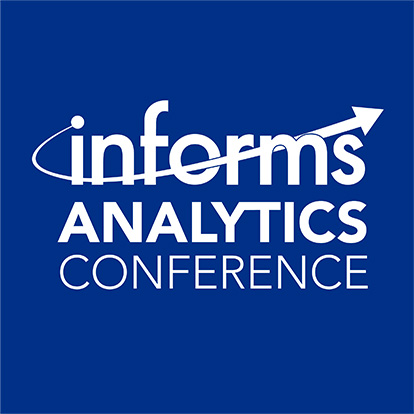Eva K Lee, PhD, Director, Whitaker-NSF Center for Operations Research in Medicine and HealthCare;
Chief Scientific Officer, the Data and Analytics Innovation Institute; Senior Data Scientist, AccuHealth
Technologies; Subject Matter Expert, DHS Medical & Public Health Information Sharing Environment.
William Wang, PhD, Georgia Institute of Technology; Research Scientist, Amazon.
Taylor Leonard, PhD, Lieutenant Colonel, United States Air Force; Chief, Strike Branch, Department of
the Air Force, Office of Studies and Analysis.
Jerry Booker, Former Director, Enterprise Risk &. Performance, TSA–Strategy, Policy Coordination, and
Innovation.
Critical Infrastructure (CI) is vital for a modern economy, and ensuring its security is crucial. The potential incapacitation or destruction of CI could have severe consequences for national security, the economy, public health, and safety. This project specifically examines the primary effects of cyber-attacks on critical infrastructure, investigating hidden vulnerabilities, cyber-physical disruptions, and their cascading impacts. Our goal is to develop analytical methods that provide valuable insights for policymakers, aiding in informed decision-making. Our accomplishments include (a) establishing the first influence system network model to reveal vulnerabilities with maximum cascading effects in communication critical infrastructure, utilizing scalable computational advances to model the entire U.S. communication network; (b) creating a multi-layer influence network incorporating interdependencies across various CI sectors; and (c) proving theoretical results about the monotonicity and submodularity of the influence function, with implications for computational complexity. The analytic tools and computational framework enhance the capabilities of cybersecurity and infrastructure security leaders, providing improved assessment for decision-making. This contributes to better system analysis, content relevancy, and long-term objectives of assisting decision-makers in assessing disruptions, establishing policies, and designing effective mitigation strategies. Identifying critical nodes enhances both defense and offense strategies, optimizing resource allocation for maximum protection.

